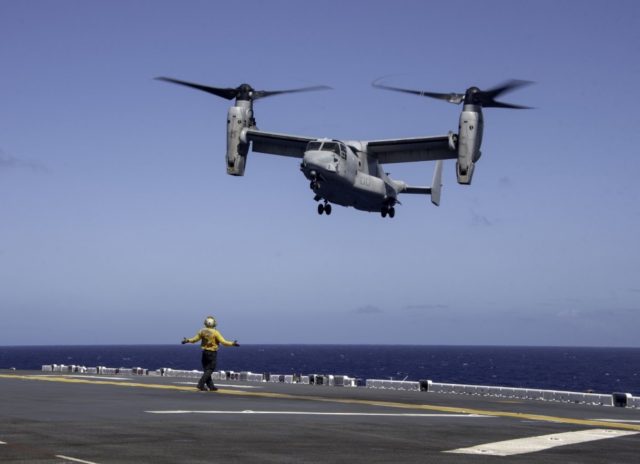
The Rim of the Pacific exercise, a major international maneuver hosted biennially by the US Navy, has kicked off in a scaled-down, at-sea only event.
Compared to the previous edition’s over 20 nations, RIMPAC 2020 will be attended by 10 nations, 22 surface ships, one submarine, multiple aircraft, and approximately 5,300 personnel. The exercise is scheduled to take place between August 17 to August 31, in the waters around the Hawaiian Islands.
The at-sea-only construct for RIMPAC 2020 was developed to ensure the safety of all military forces participating, and Hawaii’s population, by minimizing shore-based contingents, while striking a balance between combating future adversaries and the COVID-19 threat.
“RIMPAC is a unique opportunity for like-minded nations to expand mutual support, increase interoperability, and demonstrate our collective resolve to ensure the Indo-Pacific remains free and open,” said Adm. John Aquilino, commander, U.S. Pacific Fleet. “RIMPAC participants share common values, interests and commitment toward mutual security and prosperity. While COVID-19 presents some challenges, all RIMPAC participants are practicing disciplined COVID mitigations to protect the citizens of Hawaii, the force, and prevent the spread of the virus while gaining invaluable experience working alongside our valued partners at sea.”
RIMPAC 2020 is the 27th exercise in the series that began in 1971. This year’s theme is “Capable, Adaptive, Partners.” The training syllabus includes multinational anti-submarine warfare, maritime intercept operations, and live-fire training events, among other cooperative training opportunities.
Exercise RIMPAC 2020 will be led by Commander, US 3rd Fleet, Vice Adm. Scott D. Conn, and will include forces from Australia, Brunei, Canada, France, Japan, Republic of Korea, New Zealand, Republic of the Philippines, Singapore, and the United States.
“While we may be able to surge ships and people, we cannot surge trust,” said Conn. “This formidable team will spend the next two weeks forging relationships and strengthening bonds through a series of events designed to improve our ability to operate together. The work we will do here will make us all more capable and adaptive, and ready to face any challenge or crisis together, whether man-made or a natural disaster.”


























